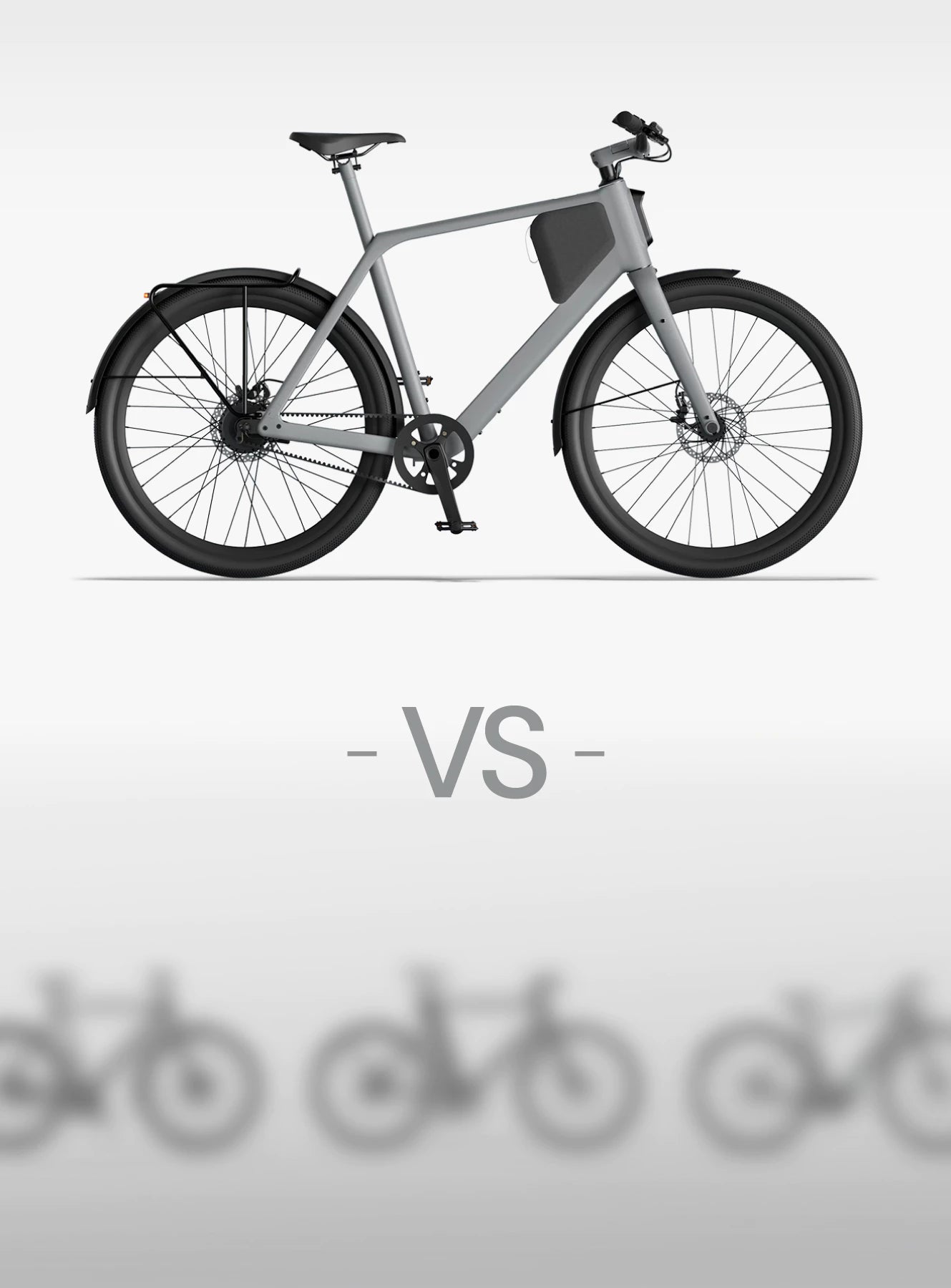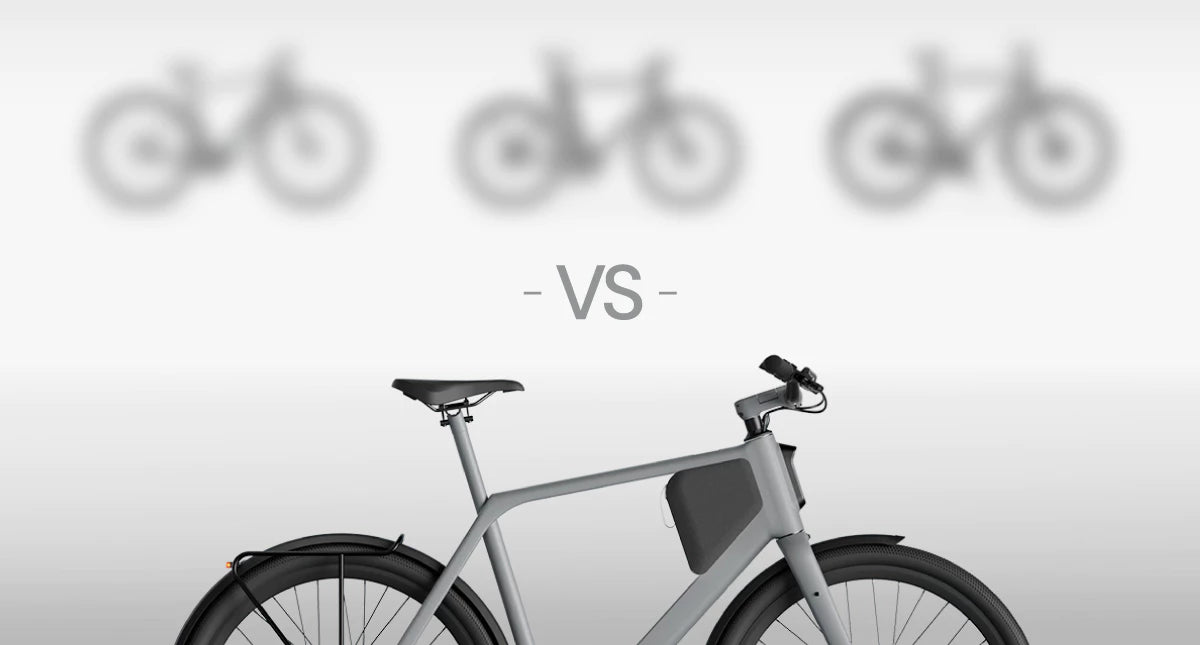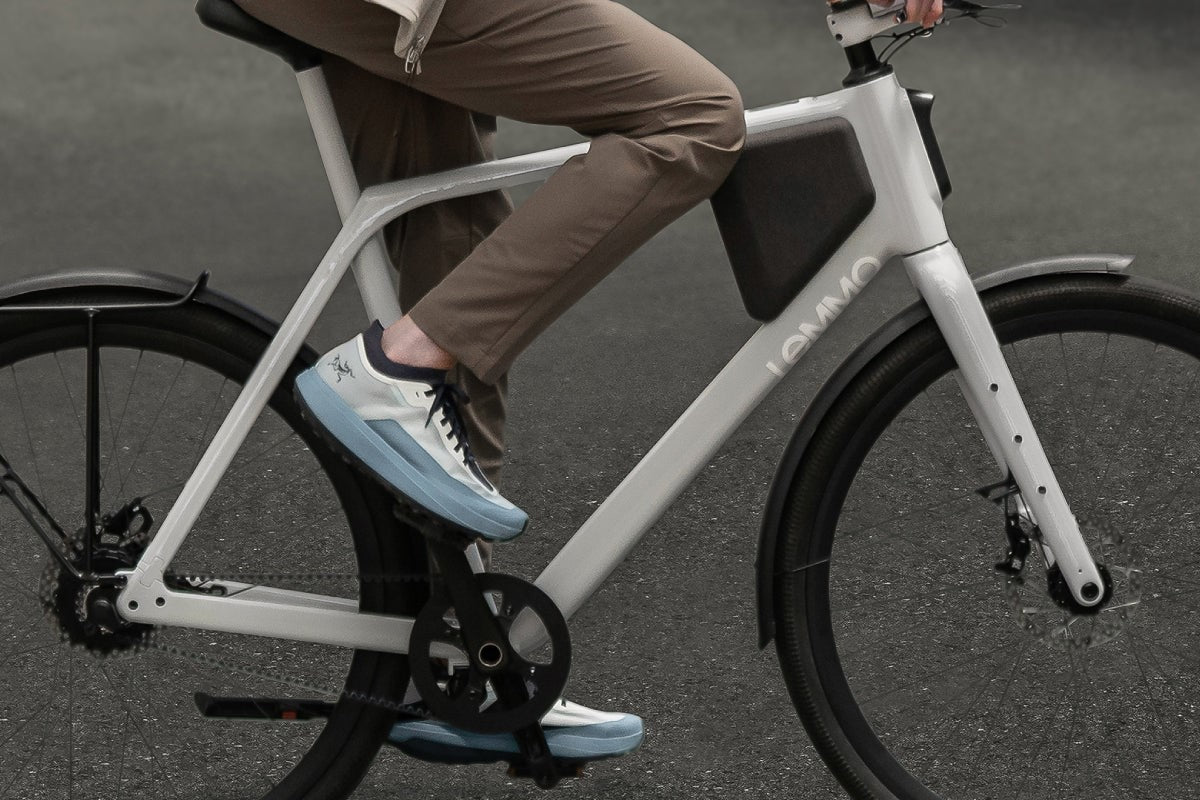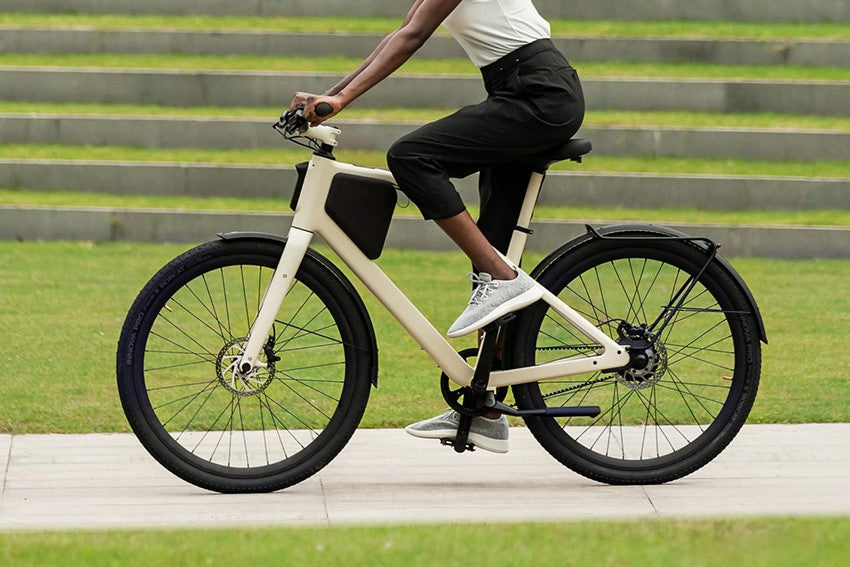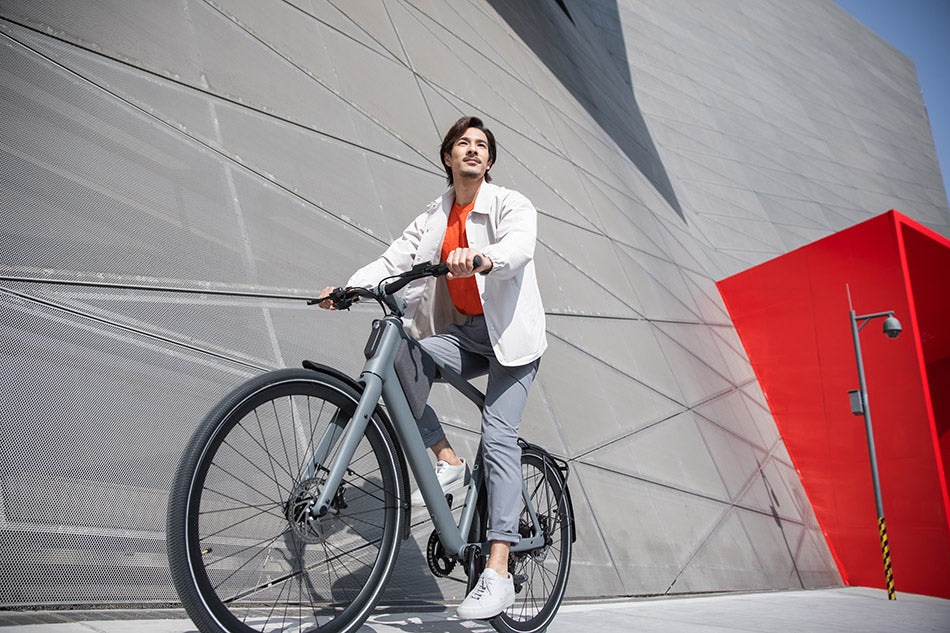Short answer: An e-bike range of 30 to 70 kilometers is typically sufficient for daily city commuting. For those exploring mountainous terrain or embarking on long-distance tours, e-bikes with battery capacities that can support 50 to over 150 kilometers per charge, depending on the severity of the terrain and length of the trip, are better suited. Recreational riders looking for casual exploration might find e-bikes with a range of 40 to 90 kilometers appropriate.
Introduction
The rise in popularity of e-bikes heralds a transformative shift in urban mobility, offering an environmentally friendly alternative to traditional transportation methods. At the heart of this development lies the consideration of range - the ability of an e-bike to cover a given distance on a single charge. This attribute determines the practicality of e-bikes for everyday use and their applicability to different lifestyles and needs.
What is the e-bike range?
For an e-bike, "range" refers to the maximum distance it can cover without requiring a recharge. Several key factors influence e-bike range: battery capacity, motor power, and riding conditions.
Battery capacity
Its battery capacity is at the heart of an e-bike's range, usually measured in watt hours (Wh). This figure represents the energy the battery can store and correlates directly with the potential distance an e-bike can cover.
Motor power
The motor power, measured in watts, influences how much energy is consumed during the ride. Motors with higher power can offer more speed and the ability to tackle challenging terrain, but often at the expense of battery life.
Riding conditions
The conditions in which an e-bike is ridden - terrain, weather, and the rider's weight - significantly impact its range. Flat urban rides require less energy than mountainous adventures, emphasizing the need to match an e-bike's capabilities with its intended use cases.
Types of e-bike range
Different types of e-bike ranges are specifically tailored to different needs and preferences:
- Low-range e-bikes: designed for short urban commutes, these e-bikes typically range from 20 to 50 kilometers and are suitable for daily urban commuting.
- Medium range e-bikes: These models provide a balance and offer ranges between 50 to 120 kilometers, suitable for more varied uses, including extended urban travel and light leisure activities.
- High-quality, long-range e-bikes: For the long-distance traveler, these e-bikes offer ranges that exceed 120 kilometers, ideal for touring and extended rides without frequent recharging.
- Specialized e-bikes for touring: Tailored for adventurers, these e-bikes come with features and battery capacities designed for long distances and challenging terrain to ensure reliability and endurance.
Evaluating the range and battery capacity of an e-bike
Understanding battery technology
Lithium-ion battery technology is at the center of e-bike innovation and is known for its high energy density and longevity. These batteries are the lifeblood of modern e-bikes, enabling them to reach distances once thought impossible. However, their performance is not insensitive to external conditions. Factors such as ambient temperature, storage habits, and charging practices can affect the battery's health and, therefore, the e-bike's range. This emphasizes the importance of careful maintenance and use to preserve the battery's integrity over time.
Correlation between battery capacity and range
The relationship between battery capacity and e-bike range is linear and intuitive: the bigger the battery, the longer the journey. However, the efficiency of energy use—determined by the efficiency of the motor and riding behavior—ultimately dictates how far you can go on a charge. Optimizing these aspects can significantly improve range, making it essential for riders to understand and adjust their e-bikes' energy consumption patterns.
Effects of battery aging over time
Like all batteries, e-bike batteries are subject to degradation with use and time. Each charge cycle slightly reduces the battery's capacity, leading to a gradual reduction in range. Awareness of this natural degradation is crucial for e-bike owners to set realistic expectations and plan maintenance, replacements, or upgrades. Understanding and anticipating battery life can help ensure that your e-bike remains a reliable mode of transportation, adapted to the evolving needs of its rider.
Real-life scenarios and range considerations
Urban commuting
In urban environments, e-bikes with a range of 30 to 70 kilometers are usually sufficient to meet the demands of daily commuting and errands. This range is ideal for city dwellers, considering that the average urban commute is about 15 kilometers one way. So, an e-bike with a moderate range can easily handle a round trip, even if there are a few detours or unexpected stops.
Mountainous terrain
For e-bikes designed for mountainous terrain, those with a battery capacity of 500 Wh to 700 Wh are desirable, as they can offer a range that varies greatly depending on the severity of the terrain - usually between 30 to 80 kilometers. This variation considers the increased energy expenditure required to tackle steep climbs and navigate rough trails. The robust motors of these e-bikes, often rated between 250 to 750 watts, provide the necessary torque for challenging climbs and ensure that adventurers can reach new heights without range being a limiting factor.
Long-distance tours
E-bikes for long-distance touring are characterized by their exceptional range capacities, often beyond 150 kilometers per charge, thanks to high-capacity batteries ranging from 800 Wh to over 1,000 Wh. This extended range is crucial for touring riders covering long distances where charging options can be scarce. These e-bikes allow riders to embark on long journeys, covering an average of 80 to 120 kilometers a day, depending on terrain and load, without constant worry about the next charging point.
Leisure rides
For leisure and occasional outings, e-bikes with a range of 40 to 90 kilometers offer the perfect balance between accessibility and versatility. Equipped with batteries of around 400 to 600 Wh, these e-bikes serve the needs of those who want to enjoy the outdoors without committing to long or challenging rides. Such a range ensures that riders can spend a day exploring local trails, parks, and scenic routes with the freedom to roam and the peace of mind of returning home on a single charge.
Weight balance and range
Effects of bike weight on range
Heavier e-bikes require more energy to move, which can reduce overall range. This interplay between weight and range requires a careful balance from manufacturers, who must design e-bikes to maintain essential features and durability without unduly compromising range. The goal is to find an optimal balance that meets riders' needs while maximizing efficiency.
Light vs. heavy-duty e-bikes
The dichotomy between lightweight and heavy-duty e-bikes reflects the diversity of rider preferences and use cases. Lightweight e-bikes excel in urban environments and leisurely rides, where their easy handling and extended range due to reduced weight make them a pleasure to ride. On the other hand, heavy-duty e-bikes are built to withstand the demands of rough terrain and heavy loads, emphasizing strength and power to tackle demanding environments. While they may sacrifice some range efficiency, their design ensures that riders can confidently tackle any adventure.
Final words
The ideal e-bike range varies significantly based on individual needs, riding styles, and intended use cases. From urban commutes to adventurous explorations, understanding e-bike ranges can enable users to make informed decisions by selecting models that align with their lifestyle and mobility needs. As e-bike technology evolves, the potential for increased range and efficiency also grows, promising an exciting future for sustainable mobility.


